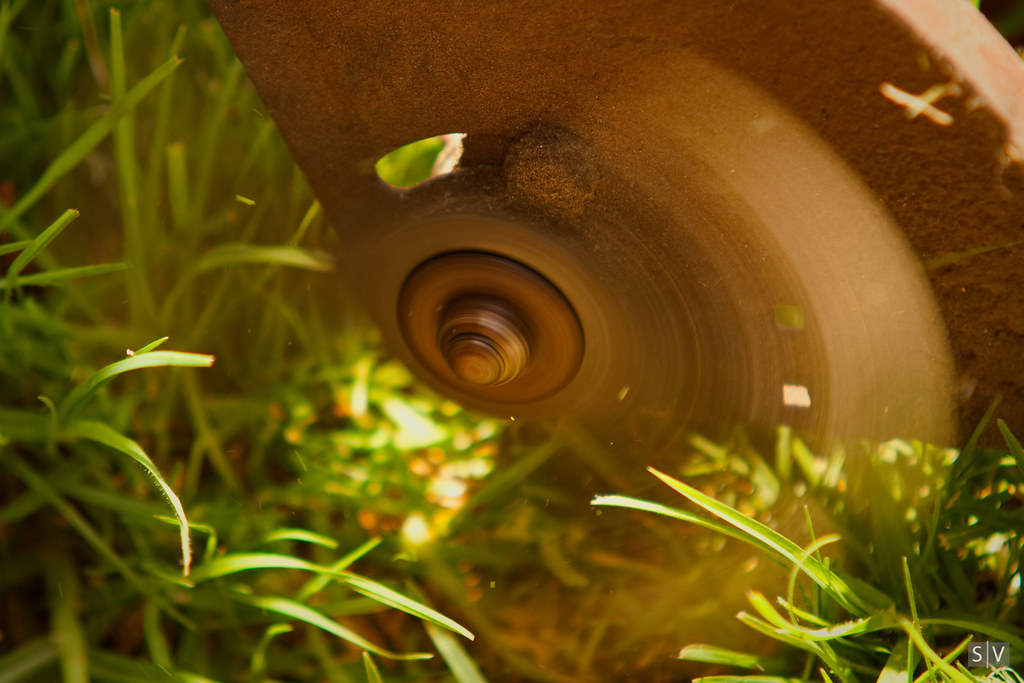Dear Seasoned Spade,
I’ve been eyeing my neighbor’s crisply edged lawn with the same jealousy I reserve for people who remember to bring reusable grocery bags. My string trimmer does okay, but it’s not giving me that perfect sidewalk-border look. Do I need to buy a separate lawn edger, or am I just using my trimmer wrong? My garage is already filled with “tools of shame” (looking at you, broken leaf blower from 2019).
Yours in borderline despair,
Grass Half-Cut in Greensboro, NC
When Lines Matter More Than Love Handles
Ah, the great American dream: white picket fences, a dog that doesn’t bark at leaves, and lawn edges so sharp they could slice deli meat. I feel you, Grass Half-Cut.
You’re staring at your string trimmer like it just told you it could edge, but only if you believe hard enough. And technically, it’s not lying. But using a string trimmer as an edger is like using chopsticks to eat soup—possible, yes. Advisable? Not so much.
So let’s break this down before you add another sad gadget to your suburban tool graveyard.
That Fine Line Between “Trimmed” and “Tidy”
Lawn edging isn’t just about vanity—it’s about illusion. A neatly edged lawn says, “I’ve got it together,” even if your roses look like they’re reenacting a Civil War battle and your tomato plant gave up in July.
The issue is, string trimmers weren’t really designed to cut vertically. They’re fantastic at hacking away grass near fences, trees, and places your mower fears to tread. But edging? That’s a whole different muscle group.
Trying to edge with a trimmer usually means turning it sideways, awkwardly squinting, and praying you don’t decapitate your petunias. Sure, it’ll kind of get the job done—but your edge will look like it was traced by a toddler on a sugar high.
Meanwhile, a dedicated lawn edger is the right tool for a very specific job: making that clean, satisfying trench between lawn and pavement. It works vertically by design. Like a little turf guillotine. Beautiful, really.
So… What Should You Actually Do?
If you love a crisp edge and don’t mind spending a few bucks, a dedicated edger is worth its weight in bragging rights. Gas-powered, electric, or battery—pick your poison. Just make sure it has a guide wheel so you don’t start digging a moat around your mailbox.
But if you’re budget-conscious (or just space-limited thanks to your rogue leaf blower), you can use your string trimmer for edging with some finesse. Here’s how:
Hold the trimmer vertically, walk slowly along the border, and embrace the fact that this will never look as clean as an edger’s work. But hey, it’ll be better than nothing—and with practice, maybe even decent.
Pro tip? Use a trimmer with a rotating head feature made for edging. That’s like showing up to a bake-off with store-bought dough but still winning.
Avoid the rookie move of trimming after mowing. Always mow first, edge second, trim last. Otherwise, you’re basically frosting a cake before it’s baked.
Keep Calm and Edge On
At the end of the day, edging is like ironing shirts—some people swear by it, others fake it ‘til it’s winter and nobody notices.
Don’t let Instagram-perfect lawns fool you. Most of us are just doing our best with slightly tangled extension cords and an old trimmer that smells vaguely like burnt grass.
So, if you want the cleanest edge, go for the edger. If you’re fine with “good enough” and like to live on the edge (pun intended), your trimmer can limp along. Either way, you’re still out there fighting the good fight. And that’s more than your neighbor with the fake mulch can say.
Seasonedly yours,
The Seasoned Spade



